Beer brewing is a craft, and like all crafts, mastering it requires detailed knowledge, especially about yeast strains. Did you know? Yeasts are the magic factory that turn sugars into alcohol in your beer! This blog post will shed light on everything from yeast types to effective fermentation management strategies – important information that’ll help you brew better-tasting beer consistently.
So get ready to dive into the wonderful world of yeasts and hone your brewing skills even further!
Key Takeaways
- Yeast strains are essential in beer brewing, as they convert sugar into alcohol and gas.
- There are two main types of yeast used in brewing: Saccharomyces yeasts (for ale and lager beers) and Non-Saccharomyces yeasts (for specialty beers).
- Common yeast management problems include improper record-keeping, poor performance from in-house yeast propagation, mismanagement of multiple yeast strains, inconsistent fermentations, and using too many generations of yeast.
- Effective fermentation management is crucial for consistent beer production, including proper selection of yeast strains, control over fermentation conditions like temperature, and avoiding reusing the same yeast strain too many times.
Role of Yeasts in the Brewing Process
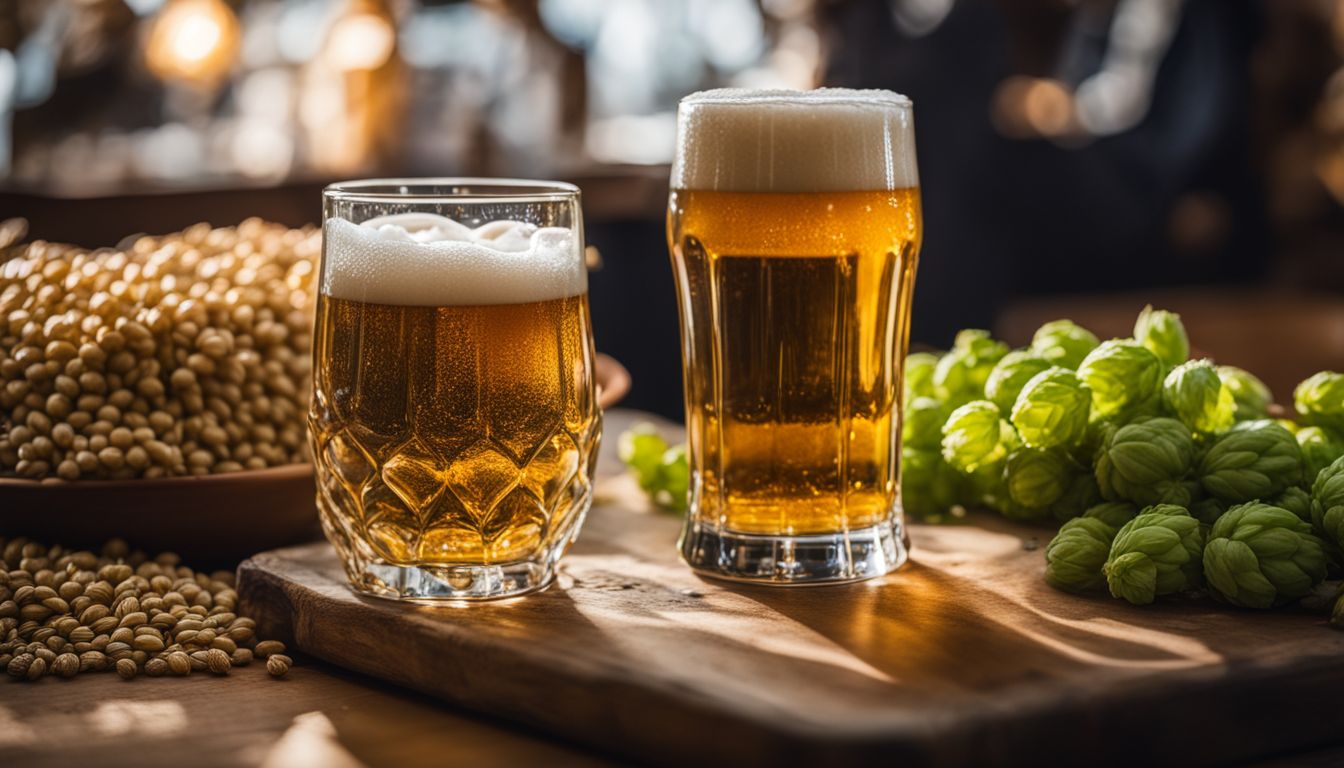
Yeast plays a crucial role in the brewing process, with two main types: Saccharomyces yeasts and Non-Saccharomyces yeasts.
Saccharomyces Yeasts

Saccharomyces yeasts are vital for making beer. This yeast turns sugar into alcohol and gas. They belong to a group called “sugar fungus”. There are two main types: S. cerevisiae and S.
pastorianus. The first type helps make ale beers, while the second is used for lager-style beers. Brewers choose these based on the taste they want in their beer. Using the right kind of yeast is key to making great beer with good flavour that you will enjoy drinking!
Non-Saccharomyces Yeasts
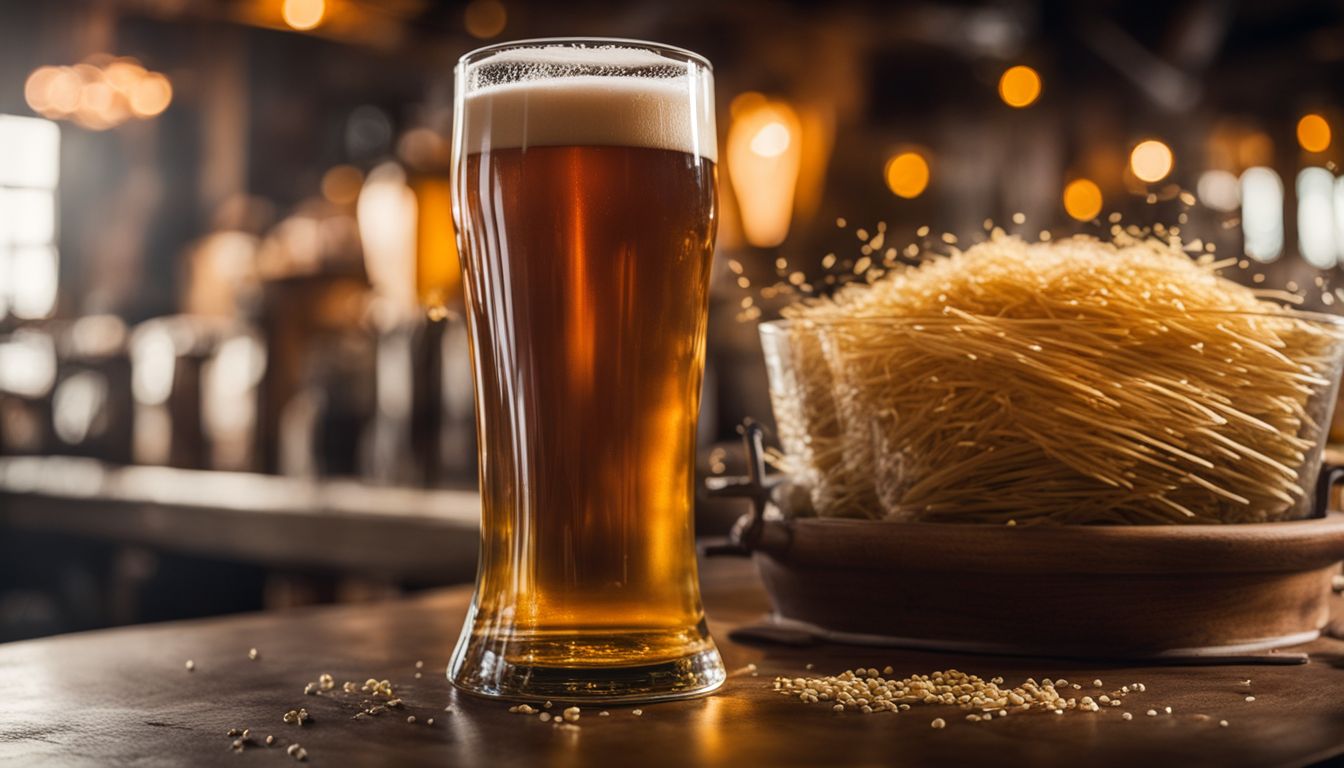
Non-Saccharomyces yeasts are another type of yeast that can be found in beer. These yeasts have their own unique flavors and quirks, which can add interesting characteristics to the final product.
They are often used in specialty beers to create complex and distinctive flavors. Non-Saccharomyces yeasts thrive under different conditions compared to Saccharomyces yeasts, so they require specific brewing techniques and management.
By understanding these non-Saccharomyces yeasts and effectively managing their fermentation, brewers can craft beers with a wide range of flavors and aromas that will delight beer drinkers.
Role of Yeasts in Specialty Beers Production

Yeast plays a crucial role in the production of specialty beers. Different strains of yeast are used to create unique flavors and aromas in these special brews. For example, certain yeasts can produce fruity or spicy notes that add complexity to the beer’s taste profile.
These yeasts also contribute to the overall fermentation process, converting sugars into alcohol and carbon dioxide. Without yeast, specialty beers wouldn’t have their distinct characteristics and delightful flavors that beer drinkers love.
So, next time you enjoy a specialty beer, remember that it’s all thanks to the hardworking yeast!
Common Yeast Management Problems in Craft Brewing
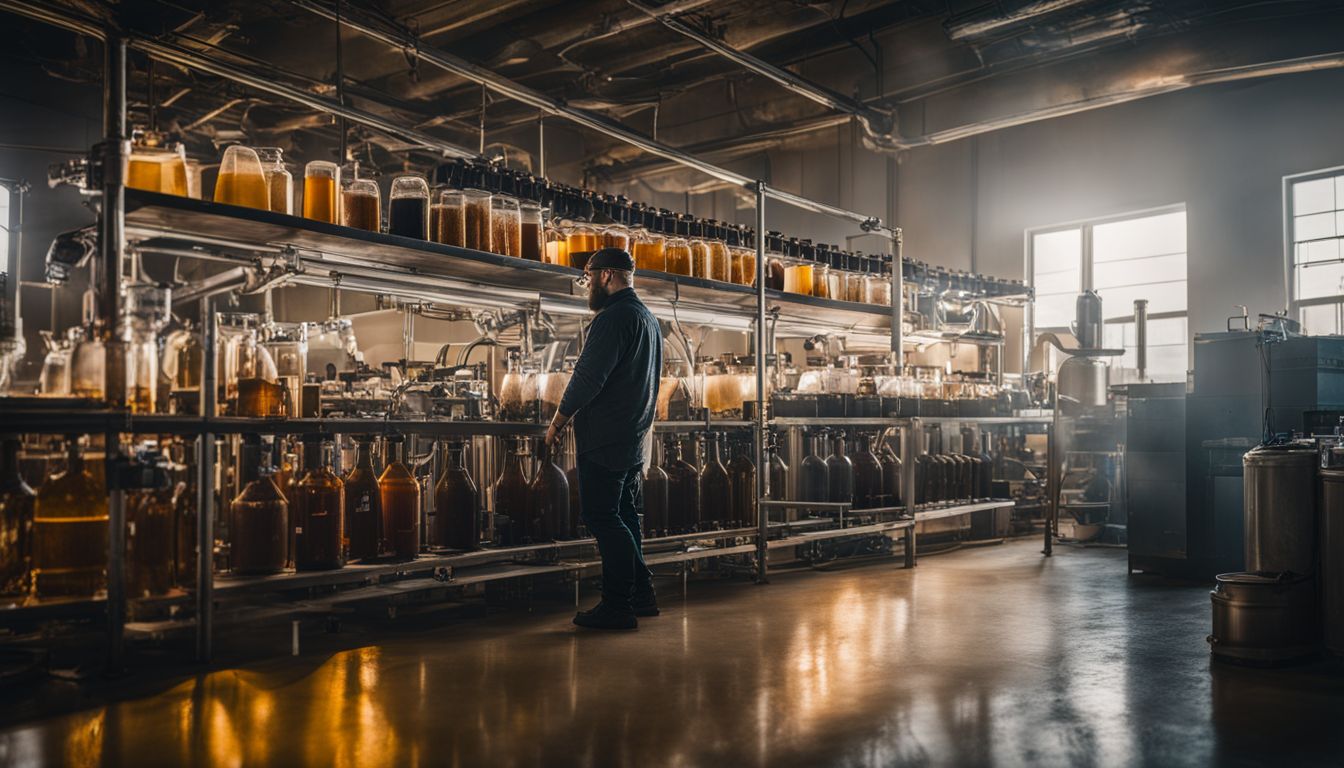
Craft brewers often face common yeast management problems such as improper record-keeping, poor performance from in-house yeast propagation, mismanagement of multiple yeast strains, inconsistent fermentations, and using too many generations of yeast.
Improper Record Keeping

One important aspect of yeast management in craft brewing is proper record keeping. This means keeping track of important information about the yeast strains used, such as their origin, vitality, and fermentation performance.
By having accurate records, brewers can assess the quality and consistency of their beers over time. It also helps identify any trends or issues that may arise during the fermentation process.
Without proper record keeping, it becomes difficult to troubleshoot problems and make necessary adjustments to improve beer production. So, by maintaining detailed records, brewers can ensure better control over their fermentation processes and create beers with consistent taste and quality.
Poor Performance from In-House Yeast Propagation
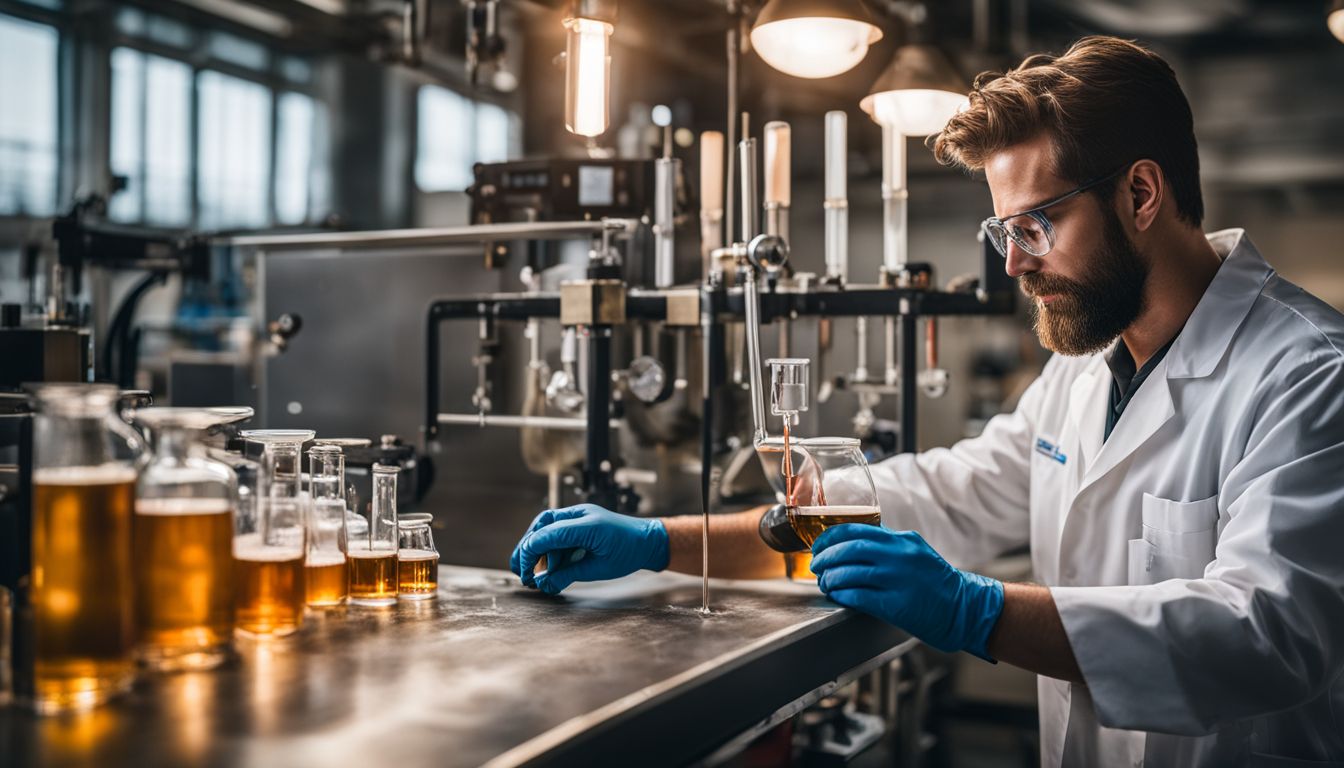
In craft brewing, it’s common for breweries to make their own yeast instead of buying it. This process is called yeast propagation. Sometimes, however, breweries may experience poor performance from their in-house yeast propagation.
This can happen if the brewer doesn’t properly maintain and care for the yeast or if there are environmental factors that stress the yeast during fermentation. When this happens, it can lead to inconsistent fermentations and flavors that aren’t quite right.
It’s important for brewers to understand how to effectively manage their yeast propagation program and create a healthy environment for the yeast so they can produce consistently great-tasting beers.
Mismanagement of Multiple Yeast Strains
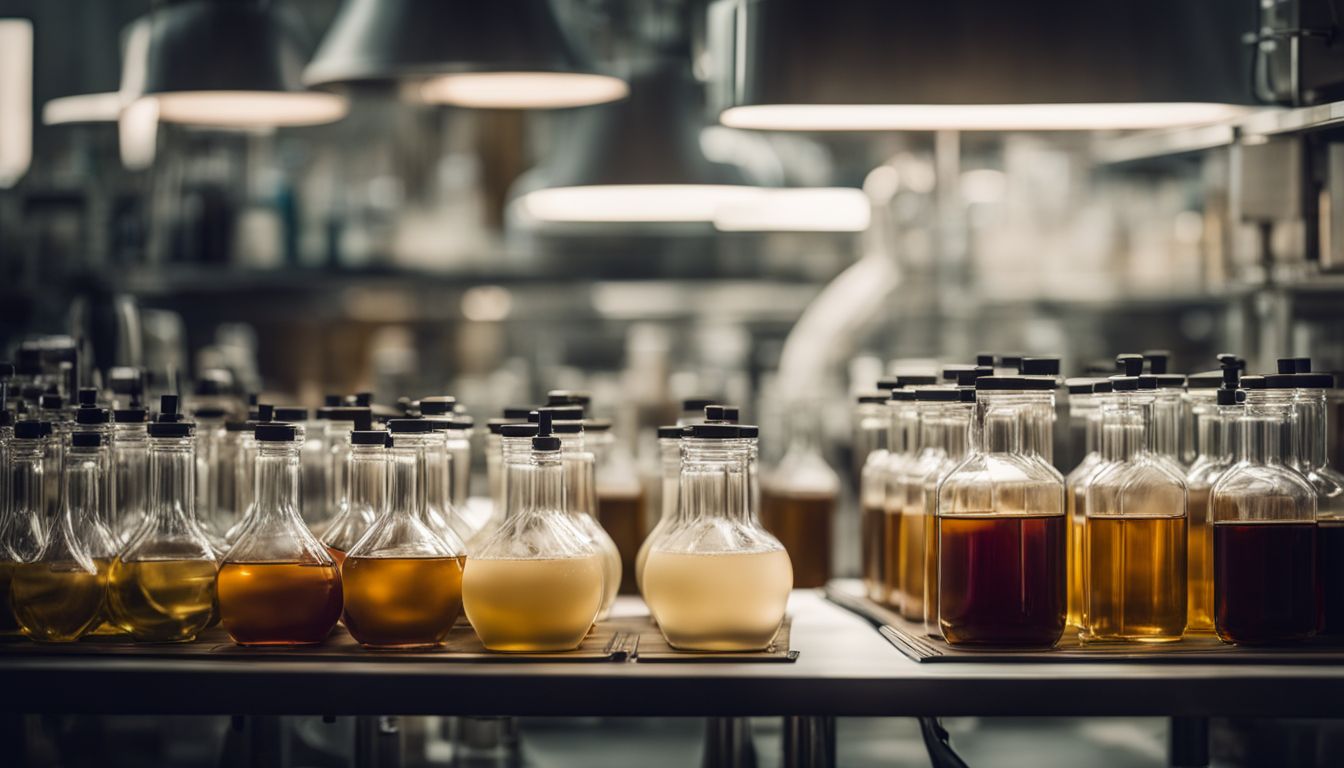
Mismanaging multiple yeast strains can lead to inconsistent and unpredictable results in beer production. Each strain has its own unique characteristics, flavors, and quirks that need to be carefully managed.
If breweries don’t keep track of which strains are being used or if they mix them unintentionally, it can affect the overall quality and taste of the beer. Additionally, using too many different yeast strains can create a stressful environment for the yeast, resulting in slower fermentation or off-flavors.
To ensure consistent and high-quality beers, brewers should have a proper yeast management program in place that includes clear record-keeping and strict adherence to using specific yeast strains for each batch.
Inconsistent Fermentations

Inconsistent fermentations can lead to unpredictable results in beer production. This happens when the yeast doesn’t do its job properly, resulting in variations in taste and quality.
Factors like temperature fluctuations, improper yeast pitching rate, and stressful conditions can affect the fermentation process. To avoid this, brewers need to carefully manage their yeast strains and fermentation conditions.
By maintaining proper control over these factors, they can ensure a consistent and enjoyable beer drinking experience for their customers.
Too Many Generations

Using the same yeast strain over many batches of beer can cause problems. When yeast is reused too many times, it can start to lose its flavor and fermentation characteristics. This can lead to inconsistent and off-flavored beers.
It’s important for brewers to keep track of how many times they have reused a yeast strain and replace it when necessary. By managing their yeast properly and not using it for too many generations, brewers can ensure that their beers always taste great.
Components of Yeast Fermentation
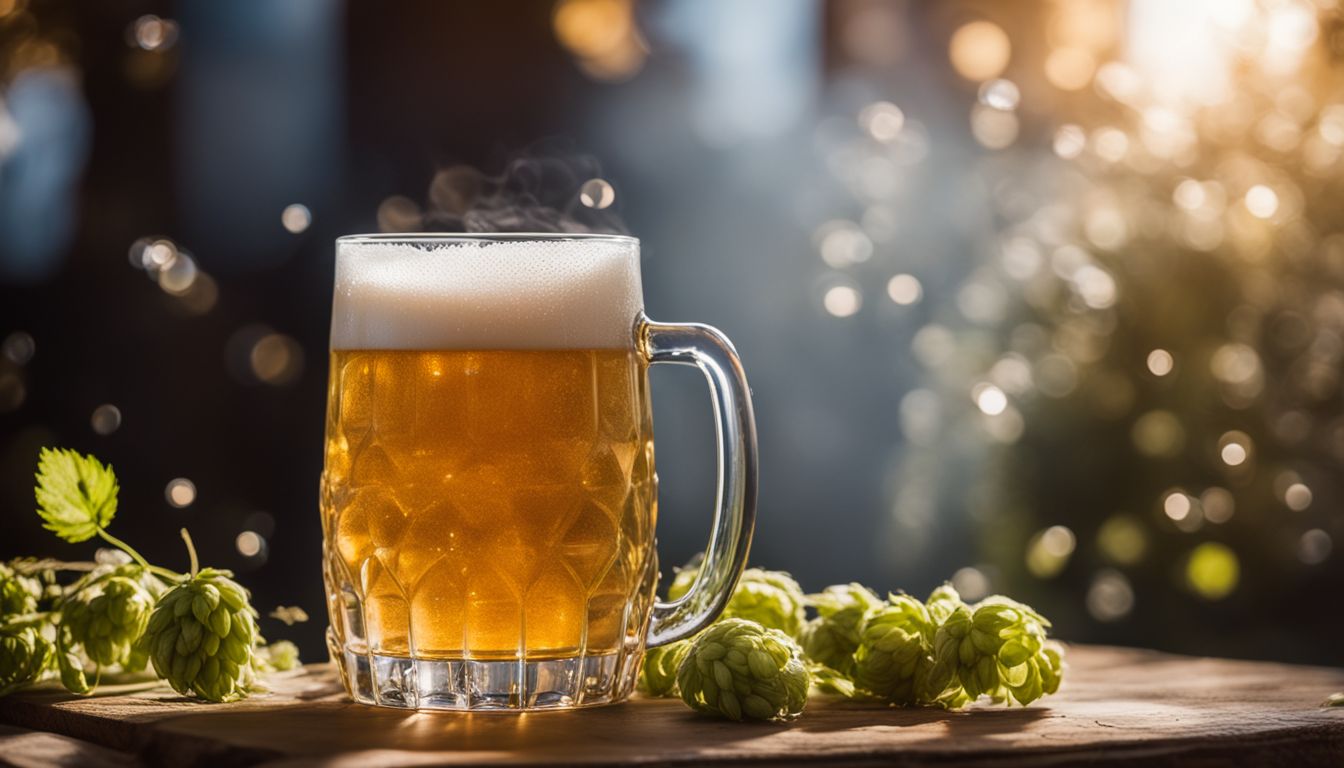
Yeast plays a crucial role in the fermentation process, converting sugars into alcohol and carbon dioxide through its metabolic activities.
The History of Beer and Wine Production
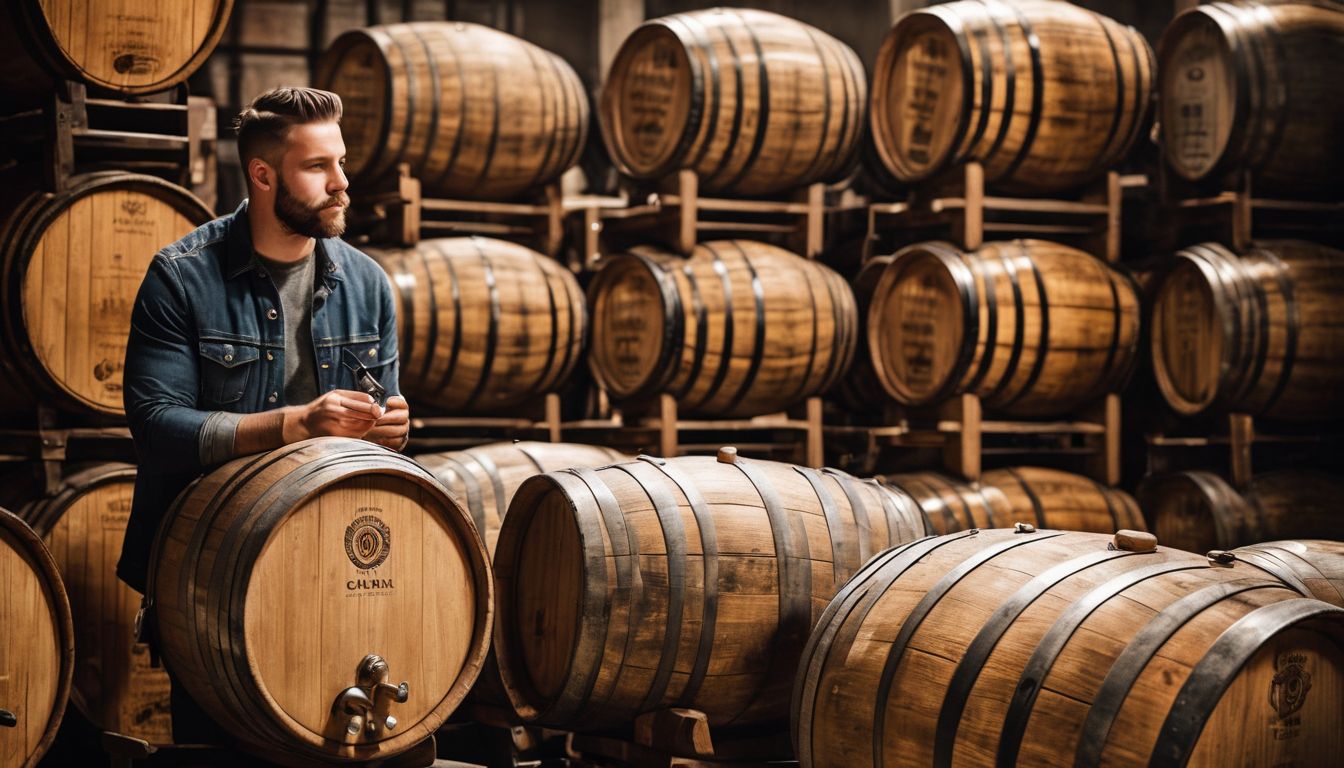
Beer and wine have a long history that dates back thousands of years. People have been making these fermented beverages for centuries using different techniques and ingredients. Yeast, a tiny microorganism, plays a crucial role in the production of beer and wine.
It converts sugars into alcohol and carbon dioxide through a process called fermentation. Brewers and winemakers select specific strains of yeast to create different flavors and alcohol contents in their beverages.
The use of yeast in brewing has been traced back to ancient times, where it was naturally present on fruits or grains used in fermentation. Over time, scientists like Louis Pasteur studied the role of yeast in fermentation, leading to advancements in understanding how it works.
Yeast and Fermentation
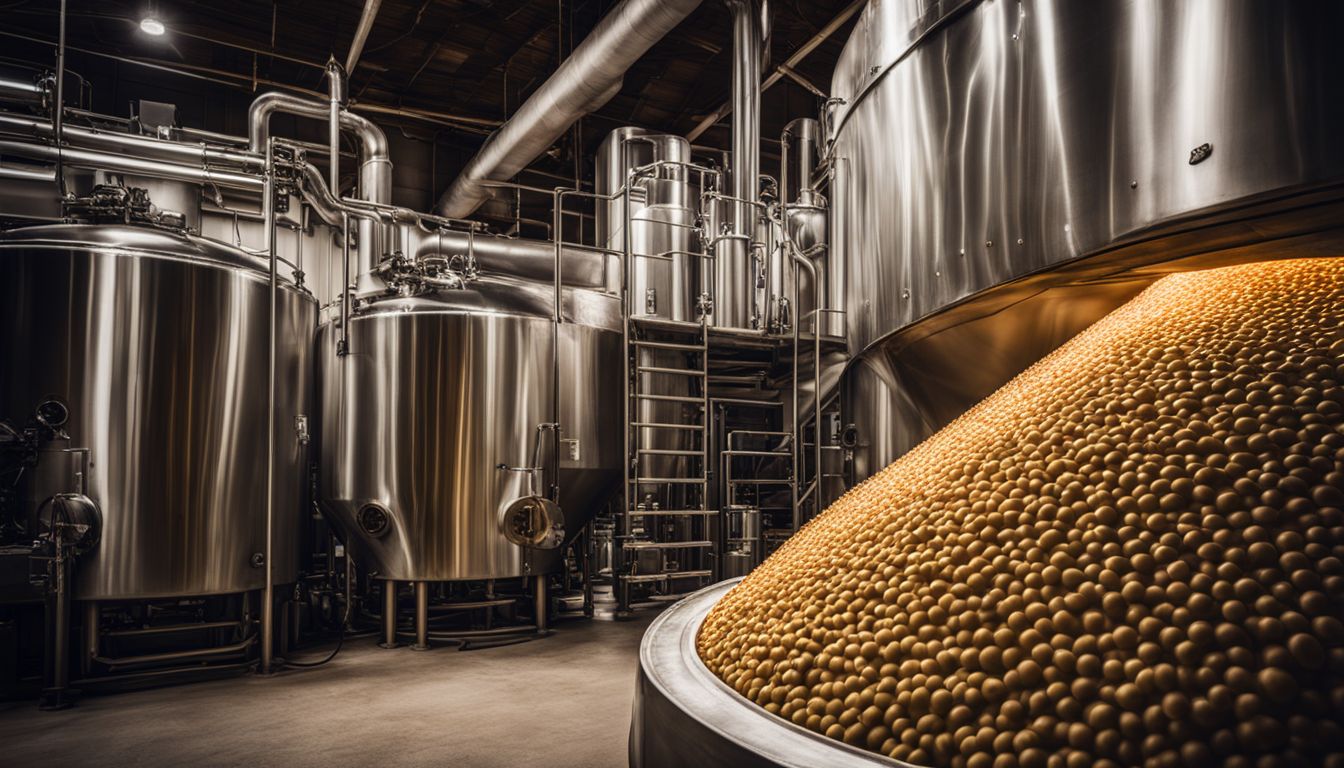
Yeast is a special ingredient in the brewing process. It helps turn sugars into alcohol and carbon dioxide, giving beer its tasty flavor and fizzy bubbles. Different strains of yeast can be used to make different types of beer, like ale or lager.
Brewers need to carefully manage the fermentation process to make sure the yeast does its job properly. This means choosing the right strain, controlling the temperature, and making sure the yeast is healthy and ready for action.
By understanding how yeast works and managing it well, brewers can create consistently delicious beers for us to enjoy!
Pasteur Demonstrates the Role of Yeast in Fermentation
Yeast plays a vital role in fermentation, where it converts sugars into alcohol and carbon dioxide. This was demonstrated by Louis Pasteur, who showed how yeast is responsible for the process of fermentation.
By isolating the chemical machinery within yeast cells, Pasteur unlocked the secrets of this important biological process. Now we know that choosing the right yeast strain is crucial for brewing beer and making other fermented beverages.
The selection of Saccharomyces cerevisiae strains for ale beers and S. pastorianus strains for lagers is essential in achieving desired flavors and alcohol content. Thanks to Pasteur’s discoveries, we can enjoy a wide variety of delicious beers today!
Isolating the Cell’s Chemical Machinery
Yeasts are tiny organisms that play a big role in making beer. They have their own chemical machinery inside them, which helps with the fermentation process. This means they can break down sugars and turn them into alcohol and carbon dioxide.
Scientists have been able to isolate this amazing machinery and study it closely. By understanding how the yeast’s chemical processes work, brewers can make better decisions about which strains of yeast to use and how to manage the fermentation process effectively.
It’s like unlocking the secret behind great-tasting beer! So next time you enjoy a pint, remember that it’s all thanks to the hardworking yeast cells and their special chemical machinery.
Sugar Decomposition
Yeast plays an important role in beer production by decomposing sugar. During fermentation, yeast consumes the sugars present in the wort and breaks them down into alcohol and carbon dioxide.
This process is called sugar decomposition. The yeast strains used in brewing have special enzymes that help break down the complex sugars into simpler forms that can be fermented.
Without this decomposition process, there would be no alcohol or carbonation in beer, and it would taste very different. So, next time you enjoy a pint of beer, remember that it’s the hard work of yeast breaking down sugars that gives it its unique flavor!
The Chemical Process of Fermentation
Yeast fermentation is a key part of making beer. During fermentation, yeast converts sugars into alcohol and carbon dioxide. This process gives beer its fizzy bubbles and alcoholic content.
It happens when yeast eats the sugars from grains or fruit and produces alcohol as a byproduct. Brewers pick specific yeast strains for different types of beer to create unique flavors and aromas.
For example, ale beers are made with certain strains at warmer temperatures, while lagers use different strains at cooler temperatures. Understanding this chemical process helps brewers control the taste, consistency, and quality of their beers.
Selecting Yeast in Beer Brewing and Wine Making
Choosing the right yeast is crucial in beer brewing and wine making. Yeast strains determine the flavors, aromas, and alcohol content of the final product. Brewers and winemakers can select different strains to achieve specific characteristics.
For example, Saccharomyces cerevisiae strains are commonly used for beers and ciders, while Saccharomyces pastorianus strains are preferred for lagers. It’s important to choose a highly viable and pure yeast strain for successful fermentation.
Proper selection ensures consistent quality and flavor in your favorite beers and wines.
Benefits of Yeast Management

Yeast management leads to improved taste and aroma, better health benefits, cost savings, and increased brewing efficiency.
Improved taste and odor
Yeast management and effective fermentation can greatly enhance the taste and odor of beer. By carefully selecting the right yeast strains and managing them properly during fermentation, brewers can achieve consistent flavor profiles in their beers.
Different yeast strains produce different flavors, so understanding how each strain behaves is important for creating a desired taste. Proper fermentation management also helps to avoid off-flavors or unwanted aromas that can result from yeast stress or improper handling.
By focusing on yeast management, brewers can ensure that their beers consistently have a delicious taste and enticing aroma that beer drinkers will enjoy.
Health benefits
Yeast plays a vital role in the fermentation process of beer, but did you know it can also offer health benefits? Yeast is rich in B vitamins, such as niacin and folate, which are essential for our bodies to function properly.
These vitamins help with energy production, brain function, and maintaining healthy skin. Additionally, yeast contains minerals like zinc and selenium that support our immune system and promote overall well-being.
So when you enjoy a glass of beer brewed with carefully managed yeast strains, not only do you get to savor the flavors, but you also reap some potential health benefits too!
Cost savings
One of the benefits of effective yeast management is cost savings. By carefully managing and reusing yeast strains, breweries can reduce their expenses on purchasing new yeast for each batch of beer.
Properly maintained yeast can be reused multiple times, reducing the need to constantly buy new supplies. This can lead to significant cost savings over time, allowing breweries to invest in other aspects of their operations or even offer more affordable prices to beer drinkers.
Additionally, by ensuring consistent fermentation with healthy yeast, there is less risk of batches going bad or being wasted, further contributing to cost savings for breweries. Overall, implementing a strong yeast management program can help breweries save money while still producing high-quality and delicious beers for consumers to enjoy.
Improved efficiency
Understanding and managing yeast strains in beer production can lead to improved efficiency in the brewing process. By selecting the right yeast strain and using proper fermentation techniques, brewers can optimize their production time and resources.
For example, knowing the optimal fermentation temperature for a specific yeast strain can help speed up the fermentation process, reducing overall brewing time. Additionally, effective yeast management practices, such as maintaining yeast viability through proper storage and propagation techniques, can ensure that each batch of beer ferments consistently and efficiently.
This not only saves time but also reduces waste by minimizing failed fermentations or off-flavors caused by stressed or unhealthy yeast. Ultimately, improved efficiency in yeast management translates to higher productivity and better quality beers for consumers to enjoy.
Conclusion

Understanding beer yeast strains and effective fermentation management is crucial for craft brewers to consistently produce high-quality and flavorful beers. By carefully selecting and managing yeast strains, brewers can control the fermentation process and achieve desired characteristics in their beers.
This knowledge empowers brewers to create unique flavors, improve efficiency, and ensure customer satisfaction with every pint. So, next time you enjoy a great craft beer, remember that behind its delicious taste lies the art of understanding yeast strains and mastering fermentation management.
FAQs
1. What is a beer yeast strain?
A beer yeast strain is a type of fungus that is used in the fermentation process to convert sugars into alcohol and carbon dioxide.
2. How does effective fermentation management impact the taste of beer?
Effective fermentation management plays a crucial role in determining the final flavor and aroma of beer, as it helps control factors such as temperature, oxygen exposure, and yeast health, which can greatly influence the outcome.
3. Can different yeast strains be used to achieve specific flavors in beer?
Yes, different beer yeast strains have unique characteristics and can produce specific flavors and aromas during fermentation. Brewers often select specific strains based on their desired outcomes, such as fruity esters or spicy phenols.
4. Is it important to monitor the fermentation process when brewing beer?
Yes, monitoring the fermentation process is essential for successful brewing because it allows brewers to track factors like gravity changes, pH levels, and temperature fluctuations to ensure proper yeast activity and overall quality of the final product.
